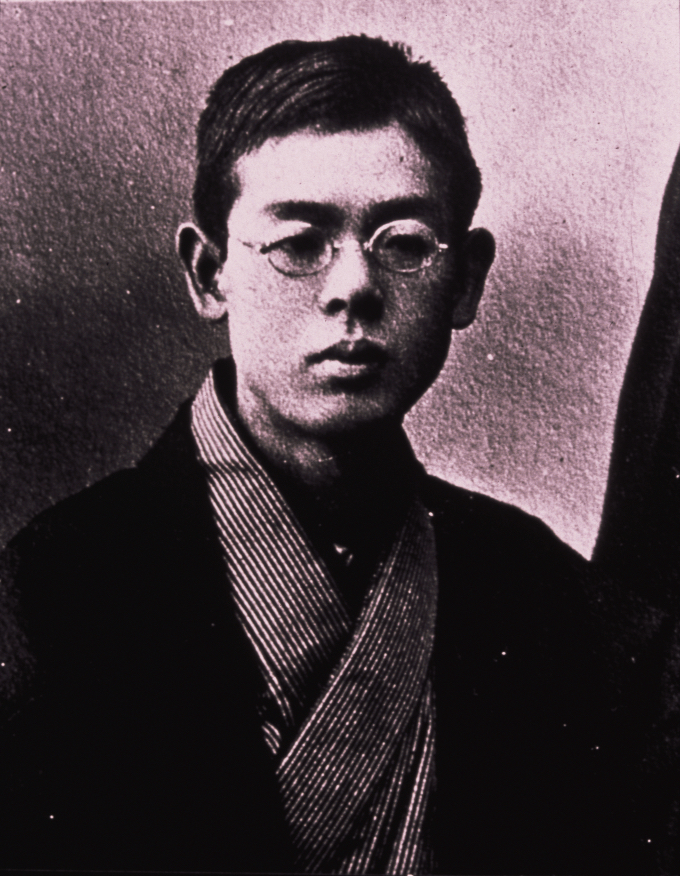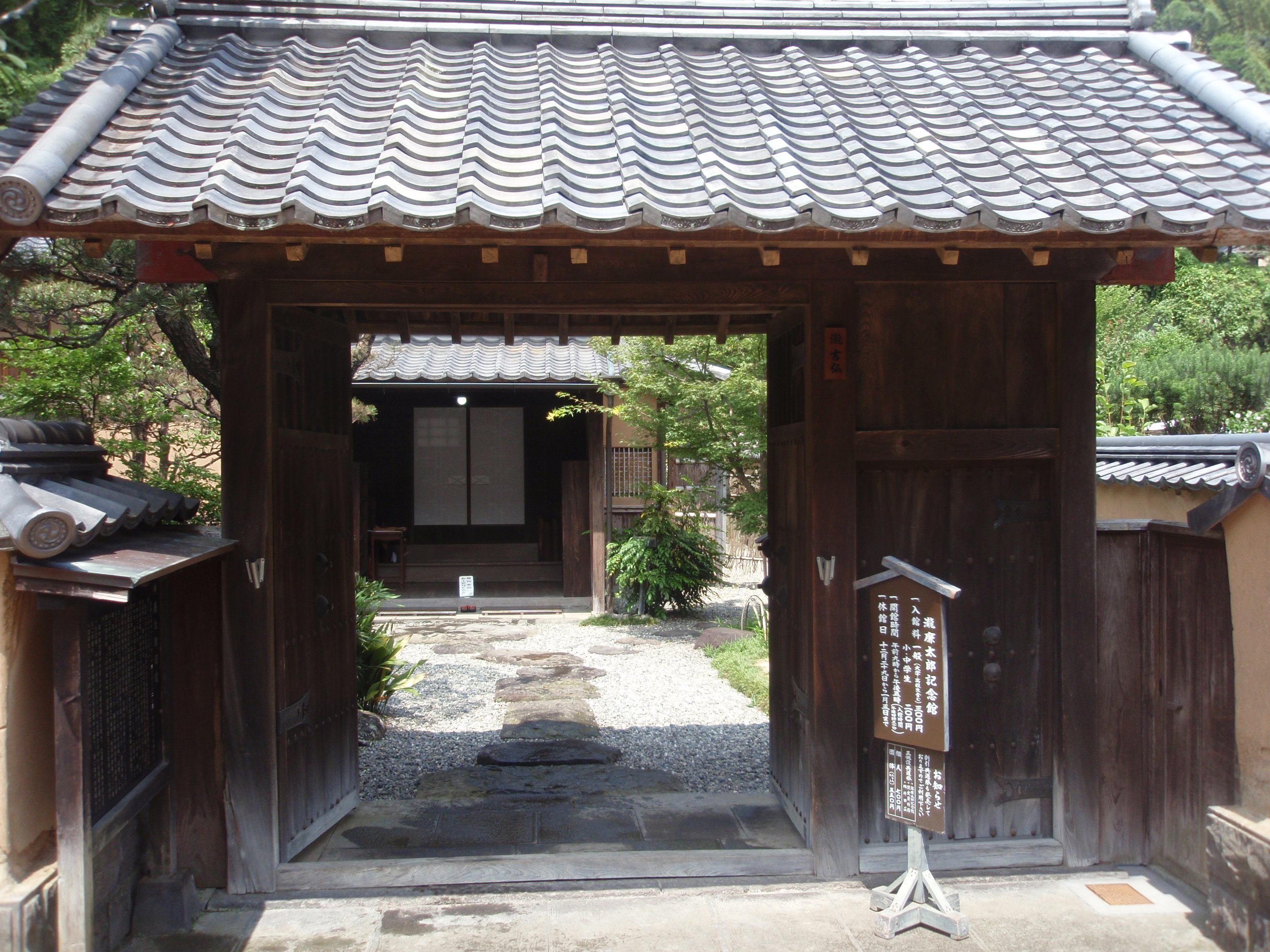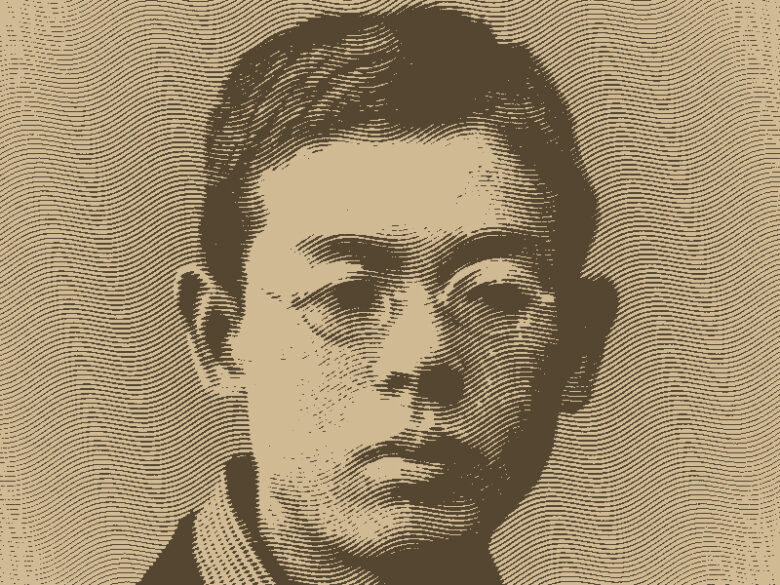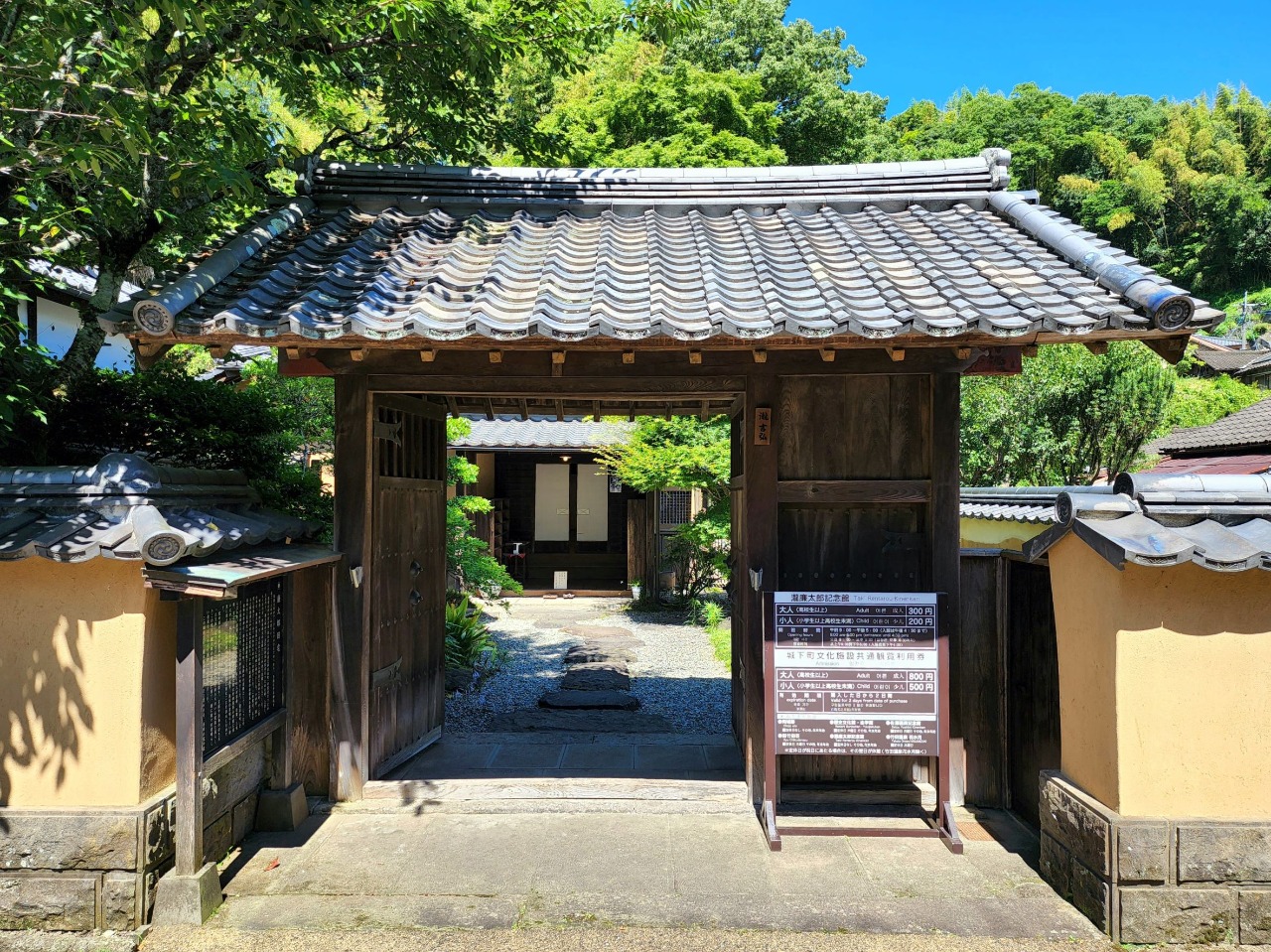
By http://www.pref.oita.jp/10400/toyo_info/m3/m36.html, Public Domain, Link
TAKI Rentarou: A Composer Who Colored the Dawn of Japanese Music
TAKI Rentarou (1879-1903) was one of the leading composers of the early Meiji era, a time when Japanese music was just beginning to emerge. He showed extraordinary musical talent from an early age, and while studying Western music at the Tokyo Music School, he composed numerous Japanese vocal and choral works. His works incorporated innovative elements of Western music, which were considered revolutionary at the time, yet featured melodies that were easily accessible to the Japanese people, leaving a significant mark on Japanese musical history.

日本語版ウィキペディアのBelle Equipeさん, CC 表示-継承 3.0, リンクによる
Early Life and Encounter with Music
TAKI Rentarou was born in Tokyo in 1879. He displayed a natural aptitude for music from a young age, beginning piano lessons at the age of seven and composing music at the age of twelve. He went on to study at the Tokyo Music School (now the Tokyo University of the Arts), where he majored in piano and composition, honing his knowledge and skills in Western music. Though born in Tokyo, Taki had deep roots in Ooita Prefecture. His family originated from Bungo Province (present-day Ooita Prefecture), where they had been high-ranking samurai. When Rentarou was three years old, his father, who was a government official, was transferred to Ooita City, and Rentarou spent his formative years there until the age of nine. It was in Oita that he first encountered Western music. One of his most famous compositions, “Koujyou no Tsuki” (Moon over the Ruined Castle), was reportedly inspired by the ruins of Oka Castle in Taketa City, Ooita Prefecture.
Career as a Song Composer
While still a student, Taki composed songs such as “Hana” (Flower), “Koujyou no tsuki” (Moon over the Ruined Castle), “Hakone hachiri” (Eight Miles of Hakone), and “Oshougatsu” (New Year’s Day), all of which became major hits. These works combined Western musical techniques with traditional Japanese musical elements in a new style that captivated audiences at the time.
Study Abroad and Early Death
After graduating from the Tokyo Music School, TAKI was awarded a scholarship by the Ministry of Education to study in Germany. However, he contracted tuberculosis while abroad and returned to Japan at the age of 23. He continued to compose music during his convalescence, but his condition worsened, and he passed away at the age of 24.

Geisler Martin – 投稿者自身による著作物, CC 表示-継承 3.0, リンクによる
Contribution to Music History
Although TAKI’s musical career was short-lived, he made a significant contribution to Japanese music history. He established a new musical style that fused Western and Japanese music, and greatly contributed to the development of modern Japanese music. Moreover, his songs are still loved by many people today and are deeply rooted in Japanese musical culture.

Heartoftheworld – 投稿者自身による著作物, CC 表示-継承 4.0, リンクによる
Representative Works
Hana (Flower)
Koujyou no tsuki (Moon over the Ruined Castle)
Hakone Hachiri (Eight Miles of Hakone)
Oshougatsu (New Year’s Day)
Urami (Regret)
Yume Miru Koro (When I Dream)
Yoi Machi Gusa (Evening Primrose)
TAKI Rentarou’s music breathed new life into the Japanese music scene of the Meiji era and played a major role in the development of modern Japanese music. His untimely death was a great loss to the Japanese music world, but his works continue to be loved by many people and enrich Japanese musical culture.






コメント